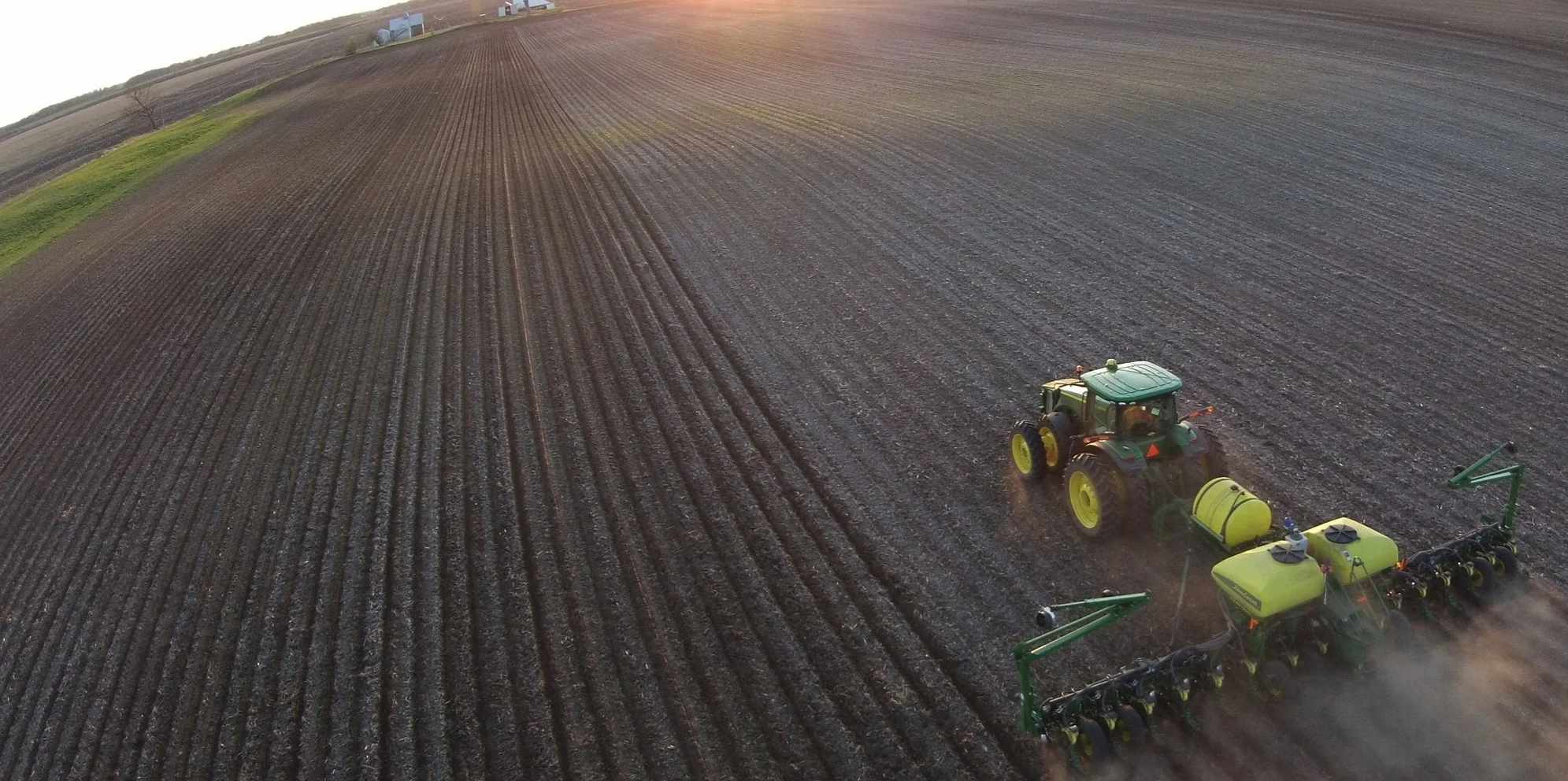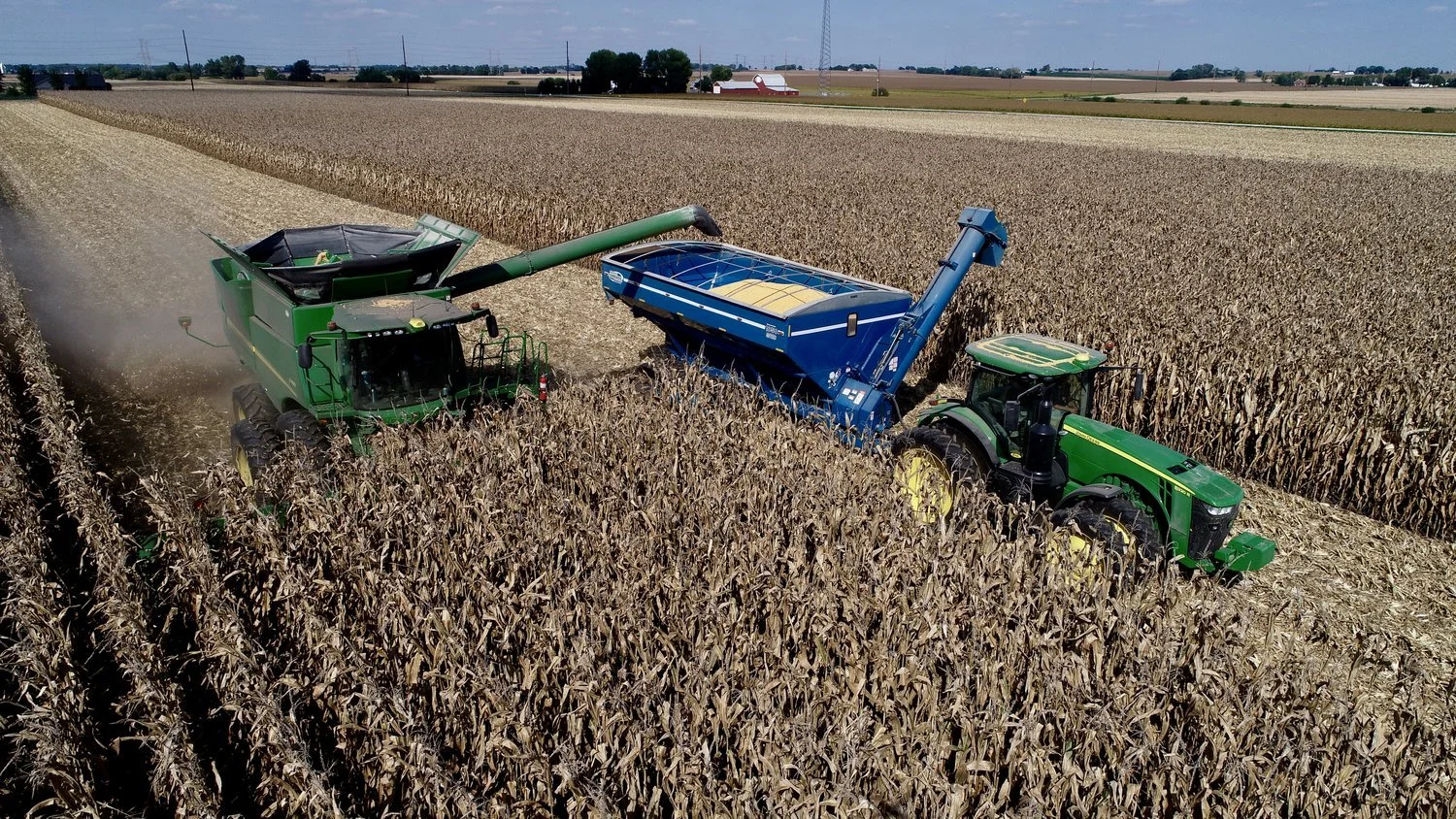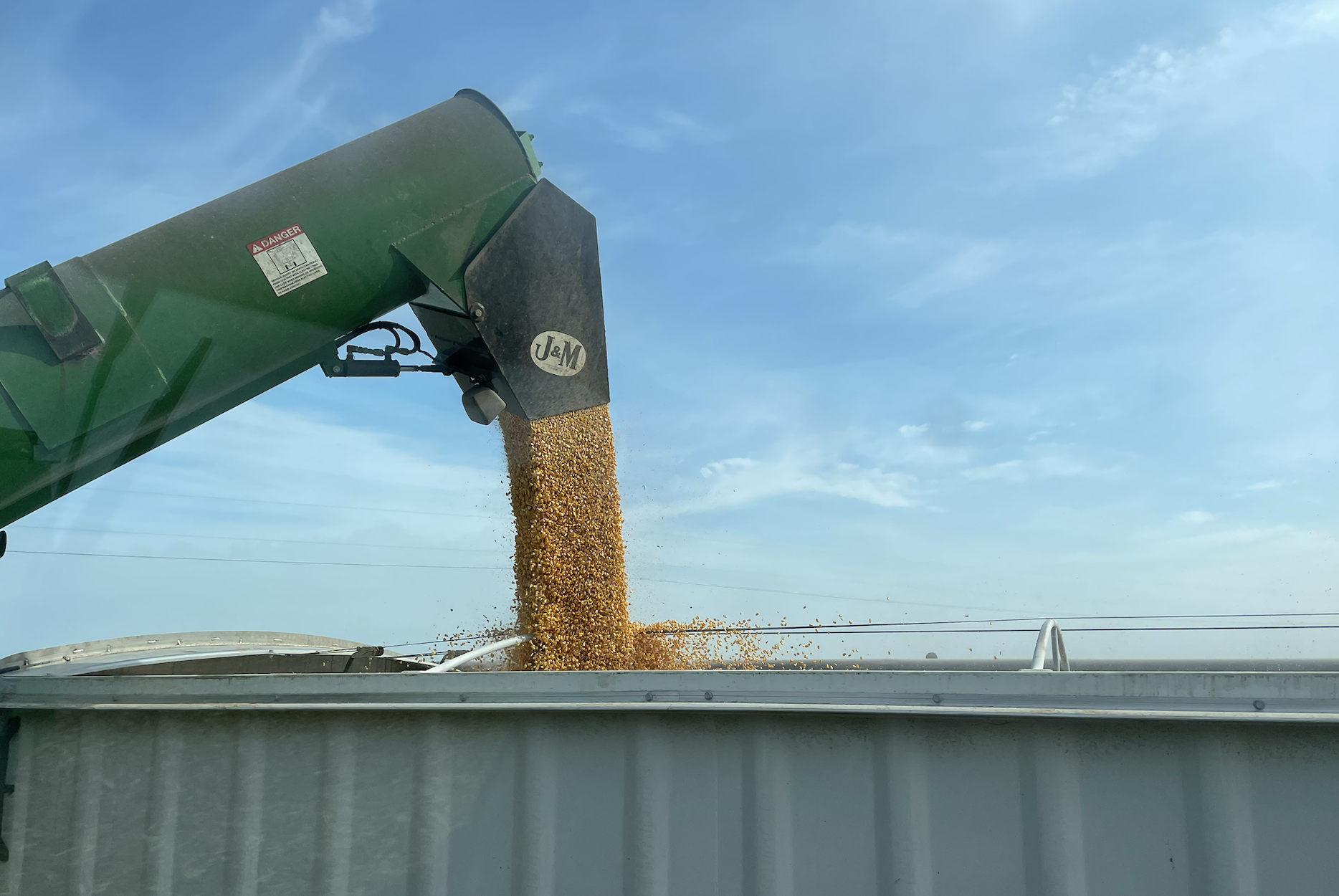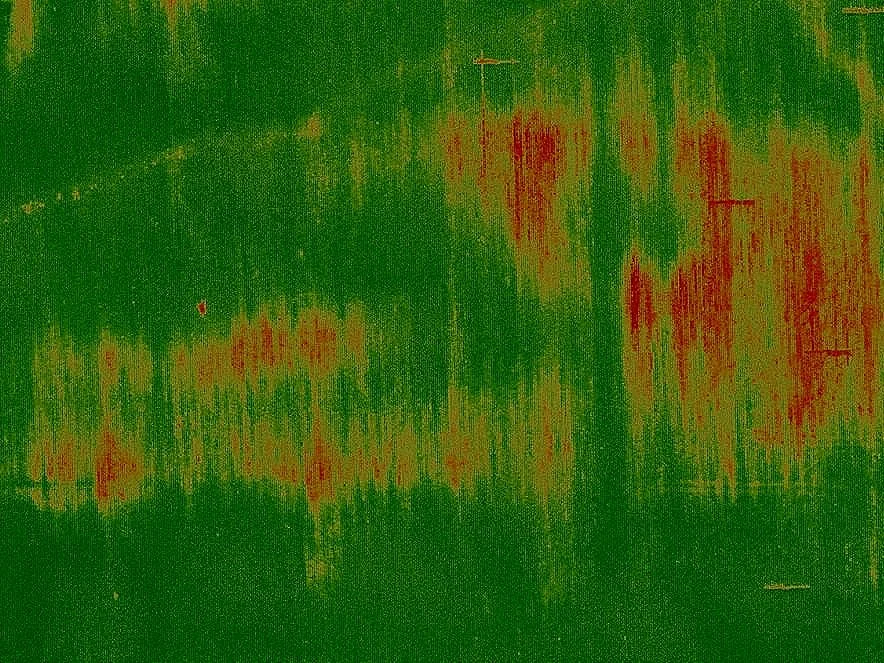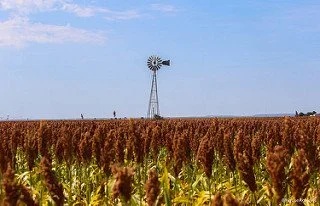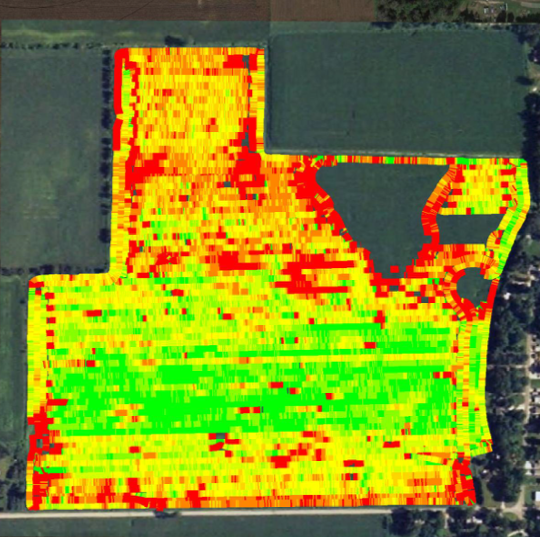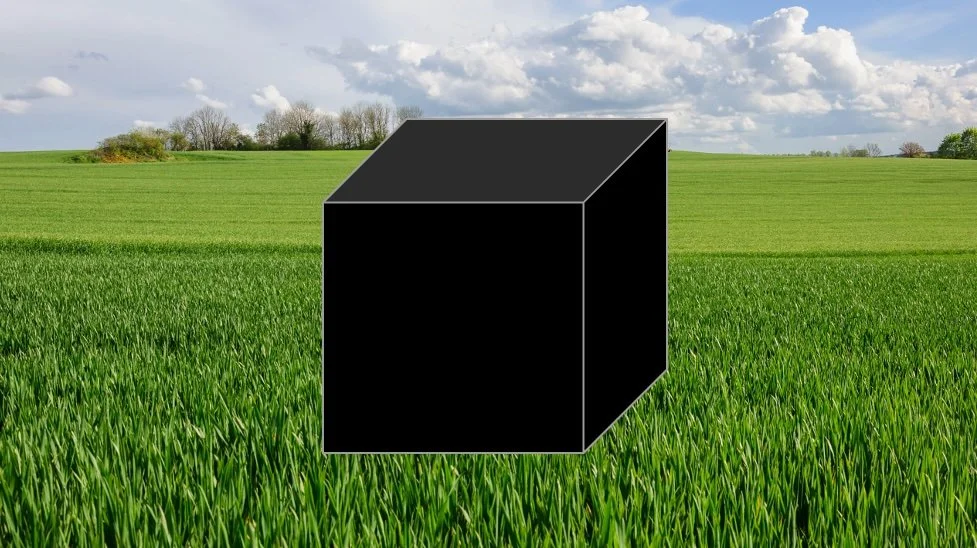Secondary Use of Ag Data is a Privacy Violation
/Privacy as an idea seems simple. We all have an understanding of what privacy is and means. Generally, most people probably consider privacy as the right not to disclose certain information. Blinds on your windows ensure visual privacy from neighbors—the right to not disclose what happens behind the windows to the outside world.
However, privacy is a much deeper concept than just the right not to disclose information. This post digs into some of those nuances and how they relate to online behavior.
Professor Dan Solove has created a Taxonomy of Privacy. He identifies four categories of activities that impact privacy: collection, processing, dissemination and invasion.
Information Collection: Surveillance or interrogation.
Information Processing: Aggregation, identification, insecurity, secondary use, exclusion.
Information Dissemination: Breach of confidentiality, disclosure, exposure, increased accessibility, blackmail, appropriation, and distortion.
Invasions: Intrusion and decisional interference.
Ag data polls will ask farmers about their privacy concerns. Not surprisingly, farmers raise concerns about wrongful disclosure of ag data—will my data be provided to another third party? Farmers are also concerned about the breach of confidentiality of ag data—will someone learn information about my farm I do not want to share? These are important concerns and included in the “dissemination” category of activity. My experience tells me “secondary use” is another issue farmers raise even though they may not label their concern that way.
“Secondary use” occurs when information is collected for one purpose and used for another. This is a privacy violation. An example given in a recent seminar was that information provided to the U.S. Census Bureau was used to locate Japanese Americans who were placed into internment camps during World War II. At the time people completed the census, no one realized the information would be used for a purpose other than counting Americans. This secondary use was a privacy violation with a horrific result.
Ag data platforms today often collect ag data for a specific purpose. However, you should know many contracts also give collecting platforms carte blanche licenses to use the data for virtually any purpose. Using ag data collected for one purpose for a secondary use—not disclosed at the time of collection—is a privacy violation.
As the uses for ag data proliferate, the secondary use type of privacy violation deserves more attention by today’s ag data platforms.

